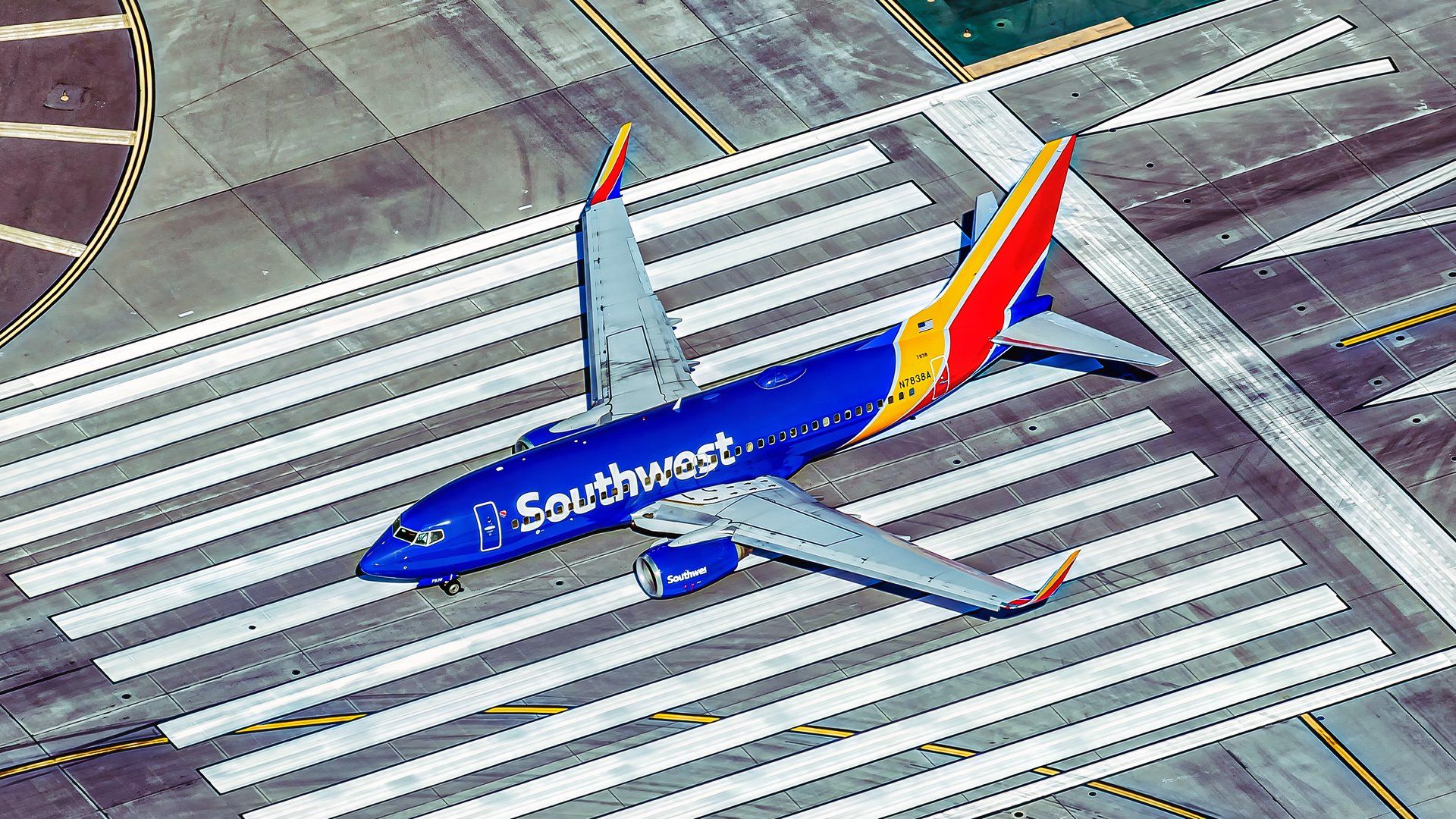Southwest Airlines has revealed troubling data regarding its route performance, with several flights showcasing significantly low seat load factors. According to the US Department of Transportation (DOT), the airline, which ranks as the fourth-largest carrier in the United States by passenger numbers, has seen below-optimal capacity utilization on many of its routes over the past year.
From September 2024 to August 2025, Southwest filled just 77.8% of its available seats across its network. This figure is notably impacted by the airline’s strong domestic presence, as 98% of its traffic is domestic, making it the third-largest domestic carrier in the nation. Internationally, Southwest performed better, filling 83% of its capacity.
Routes Struggling with Low Load Factors
The analysis of Southwest’s network indicates that certain routes have struggled significantly. For instance, the route from Colorado Springs to Cancun had the lowest load factor at a mere 35.7%. This route, which commenced in June 2025, only operated nine round-trip flights between June 7 and August 2, carrying just 918 passengers out of 2,574 available seats. Despite its initial struggles, this route is set to return in December.
Other routes that showed poor performance include:
– Long Island to Miami: 39.0% load factor with 28,970 passengers.
– Kahului to Lihue: 39.1% load factor with 49,787 passengers.
– West Palm Beach to Orlando: 41.6% load factor, having begun service in August 2025.
– Honolulu to Kahului: 45.5% load factor with 559,506 passengers.
The list primarily features routes with at least 900 passengers to ensure fairness in evaluation. While it is essential to consider that some of these markets are new, the low initial loads may suggest a challenging road ahead.
Impact of Hawaii Operations
Southwest Airlines has been operating in Hawaii since 2019, and in the year leading up to August 2025, it transported 4.0 million passengers to, from, and within the state. Hawaii accounted for approximately 2.4% of the airline’s total traffic volume, with an overall load factor of 89.4% for its services connecting California to the islands.
Despite this success, the airline’s intrastate operations have not fared as well, only achieving a capacity fill of 51.9%. Although Southwest managed to carry 1.8 million passengers within Hawaii, its load factor improved slightly from 47.0% to 51.9% as capacity was reduced by 8%.
The question remains whether Southwest’s inter-Hawaii operations are strategically vital moving forward or if more significant cuts will be necessary to improve performance.
Havana Route and Other Low-Performing Destinations
Among all routes serviced by Southwest, the route to Havana had the lowest load factor at just 51.7%. The airline operated this route exclusively from Tampa, carrying 129,725 round-trip passengers. Due to ongoing challenges, Southwest ceased operations to Havana in August 2025.
The Hito airport, also in Hawaii, registered a 61.6% load factor. While this route was popular, the excess capacity available on the short distance of 188 nautical miles (approximately 348 km) likely contributed to its low performance.
As Southwest Airlines navigates these challenges, the focus will likely shift toward improving load factors on underperforming routes and assessing the viability of its operations in specific markets. The coming months may bring strategic adjustments as the airline seeks to enhance its overall performance and maintain its competitive position in the industry.






































































